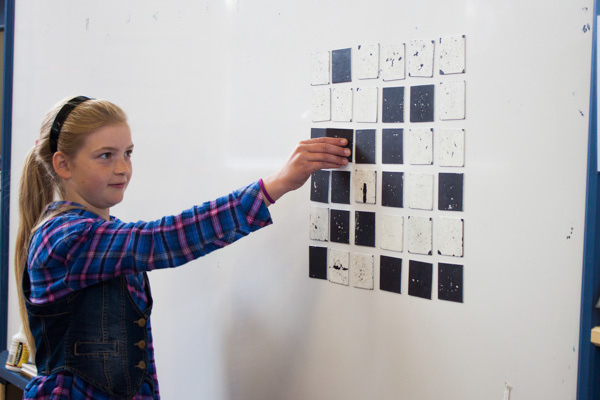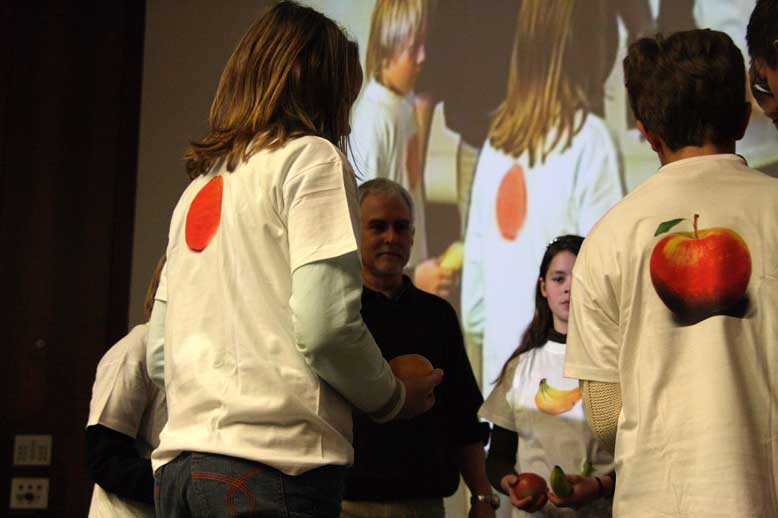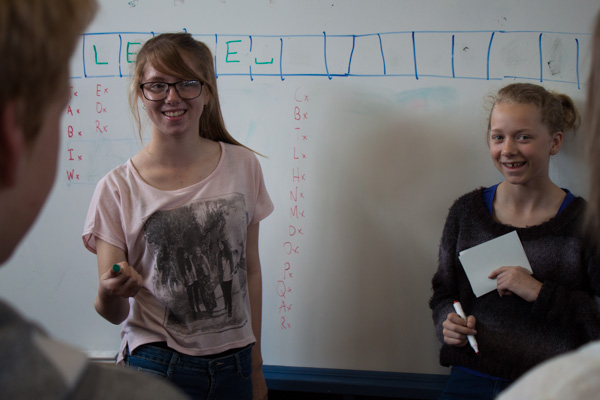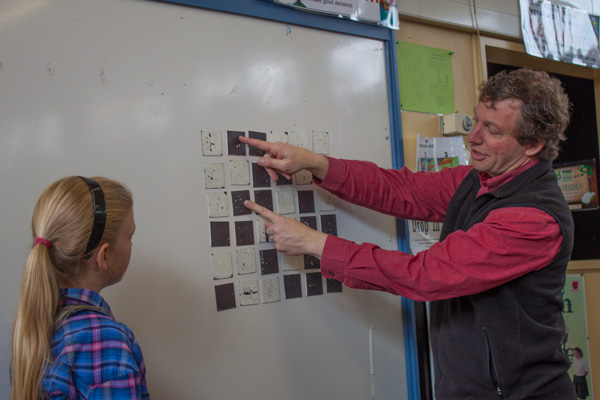Free activities for classroom or home #
CS Unplugged is a collection of free learning activities that teach Computer Science through engaging games and puzzles that use cards, string, crayons and lots of running around.
The activities introduce students to Computational Thinking through concepts such as binary numbers, algorithms and data compression, separated from the distractions and technical details of having to use computers. Importantly, no programming is required to engage with these ideas!
CS Unplugged is suitable for people of all ages, from elementary school to seniors, and from many countries and backgrounds. Unplugged has been used around the world for over twenty years, in classrooms, science centers, homes, and even for holiday events in a park!
The material is available free of charge, and is shared under a Creative Commons BY-NC-SA licence, which makes it easy to copy, adapt and share it.





